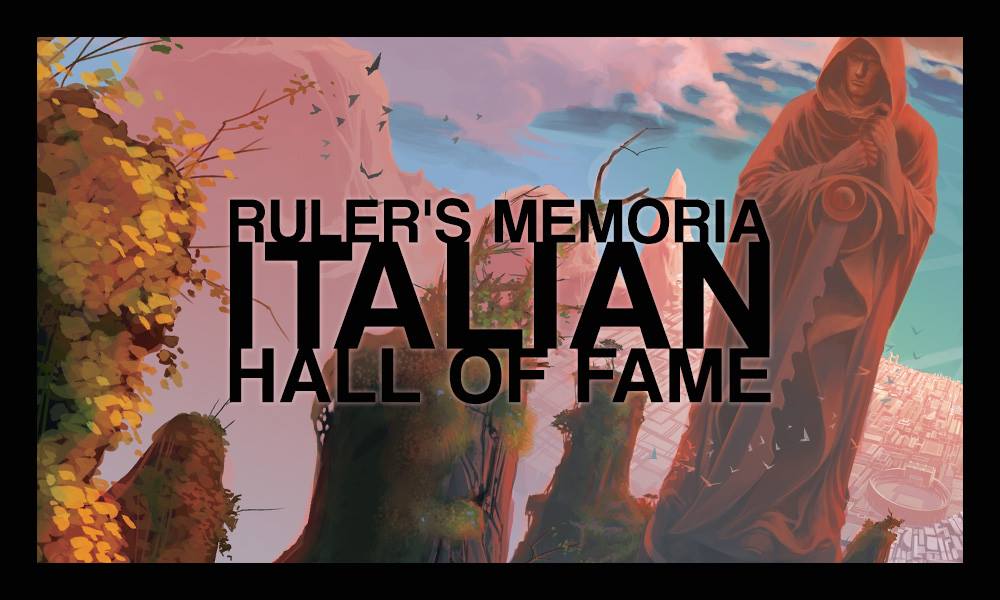

The work we do at the Museum & Memorial has become the core value of the Cambodian community across the U.S. During the past 10 years, the Museum & Memorial has made significant impacts on the Cambodian community both locally and nationally, and on the general public. The Museum & Memorial is the only museum of its kind in the US, which dedicates its programs and activities to the Cambodian genocide awareness and social justice, advocacy for genocide survivors and their families, healing arts, and youth leadership development in social justice. In 2004, the Cambodian American Heritage Museum & the Killing Fields Memorial was established under the auspice of CAI. During the next four years, more than two million people died from torture, hard labor, untreated illnesses and injuries, and starvation.

Please send an abstract of 200-300 words and a brief cv by Mato Ethan Matt Kavaler (University of Toronto) at and to Birgit Ulrike Münch (University of Bonn) at Participants selected will be notified by June 2018.In 1976 a group of Cambodians established the Cambodian Association of Illinois (CAI) to respond to the needs of newly arrived Cambodian refugees who fled from atrocities of the Khmer Rouge regime that had taken over the country in 1975. We welcome papers of 20 minutes devoted to these and related issues. What formal languages were adopted by the elite and their artists and what sort of communication was there between the different regions of Europe? Were there particular sculptors or writers who developed enduring paradigms? Networks of artists, writers, academies, patrons, and their agents soon formed, and knowledge of renowned monuments spread throughout Europe, via travel and by reproductive drawings and prints.
#Rulers memoria professional#
In which ways did tombs and epitaphs take part in the debates fostered by the Reformation and the Catholic response? How was inquiry into different religions reflected in tomb sculpture? And how did notions of presence inflect the design of and response to these monuments? In which ways did these works extoll virtues of conquest and triumph? How did monuments to military heroes, noble and commoner, evolve in this period? How did gender alter the equation? How did the tombs of the upper bourgeoisie and professional classes relate to the monuments of the nobility? How did the choice of materials effect the perception of these objects? And how did carved monuments relate to memorial representations in other media such as painting and prints? We are interested in the ways tombs and epitaphs helped establish a viable image for leading families and facilitated participation in important networks. Although these concepts are integral to any consideration of tombs and epitaphs, we want to concentrate here on their broader cultural significance. Previous discussions have concentrated on the culture of death and remembrance.


Poetical tributes and eulogies to rulers gave them another type of public persona.įor this conference we wish to focus on the agency of these creations in the social and political arena of Northern Europe and Iberia. Epitaphs were also fashioned of words, penned in ink and published as well as engraved in stone. Enormous funds were spent on these monuments, either by the occupants or by their heirs, for whom the sepulchers became a generalized marker of family status. Rulers on Display: Tombs and Epitaphs of Princes and the Well-Born in Northern Europe 1470-1670ĭuring the sixteenth and seventeenth century, princes and the nobility found tomb sculpture an effective means of refashioning their identity and promoting their interests in a rapidly changing society.


 0 kommentar(er)
0 kommentar(er)
